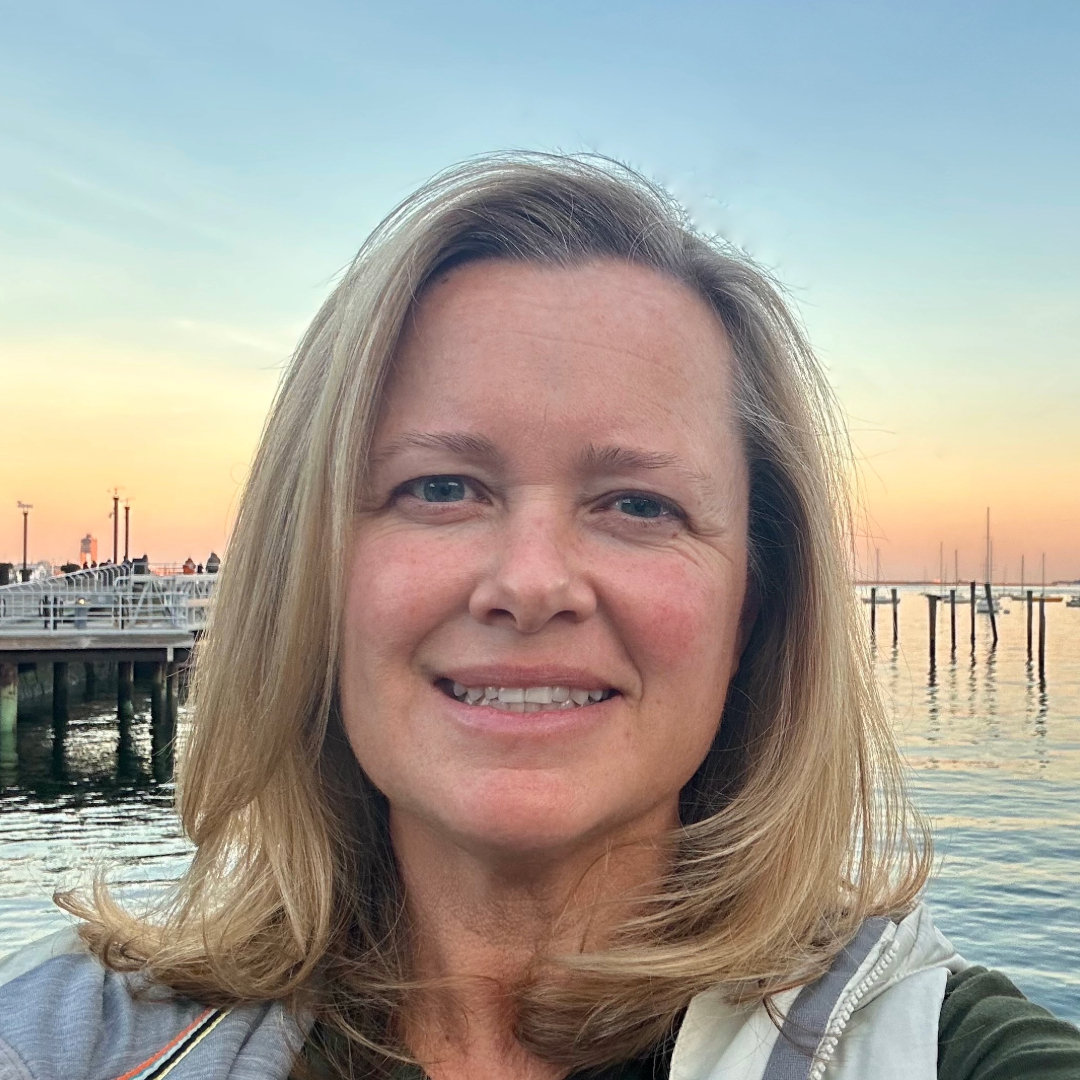Disentanglement network data to characterize leatherback sea turtle Dermochelys coriacea bycatch in fixed-gear fisheries
By Kara L. Dodge, Scott Landry, Bob Lynch, Charles J. Innis, Katherine Sampson, Doug Sandilands, Brian Sharp
Originally published in Endangered Species Research in February 2022

Abstract
To characterize sea turtle bycatch in fixed-gear fisheries in Massachusetts, USA, we analyzed a 15 yr dataset of entanglement reports and detailed documentation from disentanglement operations. Almost all (272) of the 280 confirmed entanglements involved leatherback turtles Dermochelys coriacea. The majority of turtles were entangled in actively fished (96%), commercial (94%) pot/trap gear with unbroken/untriggered weak links, specifically the buoy lines marking lobster, whelk, and fish traps. Most reports came from recreational boaters (62%) and other sources (26%), rather than commercial fishers (12%). Leatherback entanglements occurred from May to November, with peak reporting in August, and included adult males, adult females, and subadults. All entanglements involved the turtle’s neck and/or front flippers, with varying degrees of visible injuries; 47 entangled leatherbacks were dead in gear, 224 were alive at first sighting, and 1 case was unknown. Post-release monitoring suggested turtles can survive for days to years after disentanglement, but data were limited. While the observed entanglements in our study are low relative to global bycatch, these numbers should be considered a minimum. Our findings are comparable to observed numbers of leatherbacks taken in Canadian fixed-gear fisheries, and represent just one of multiple, cumulative threats in the North Atlantic. Managers should focus on strategies to reduce the co-occurrence of sea turtles and fixed-fishing gear, including reductions in the number of buoy lines allowed (e.g. replace single sets with trawls), seasonal and area closures targeted to reduce sea turtle-gear interaction, and encourage the development of emerging technologies such as ‘ropeless’ fishing.
Full Text



